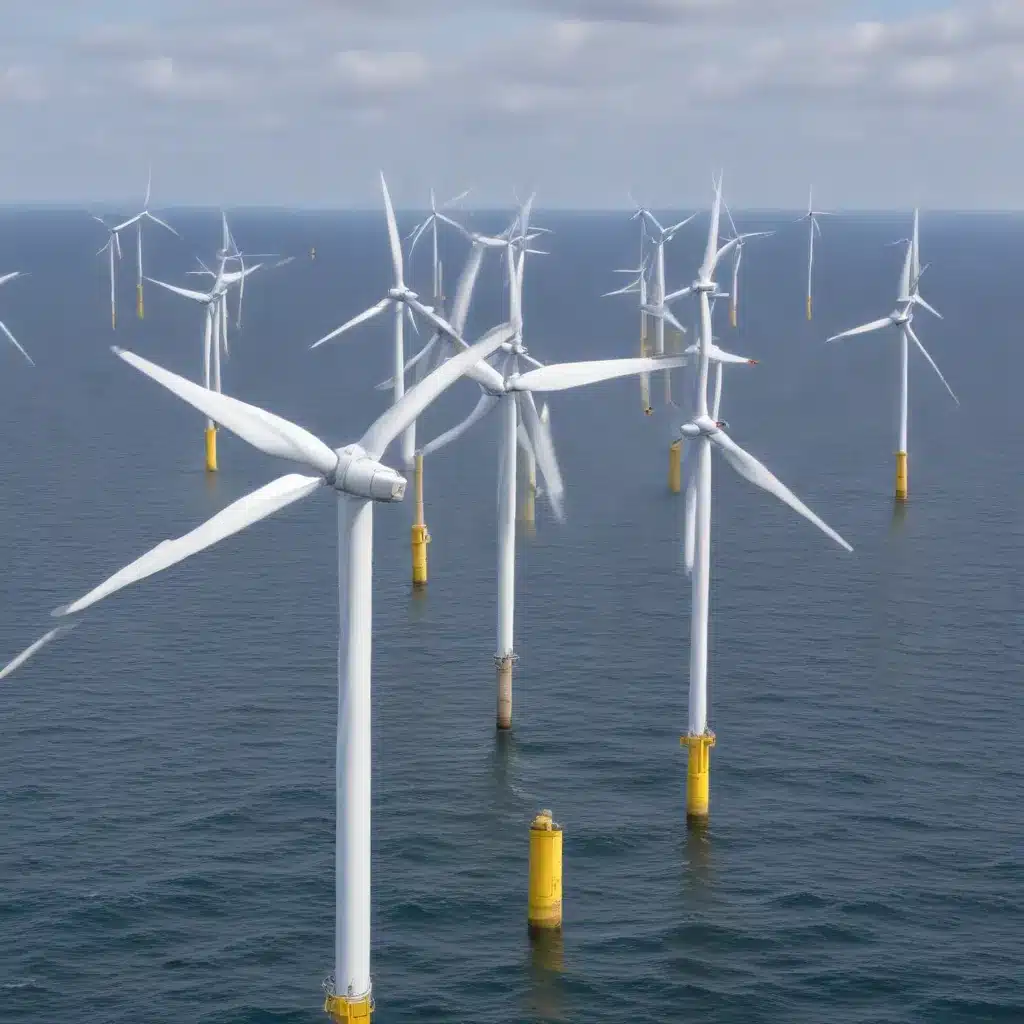
As Europe races to meet its ambitious net-zero targets, the offshore wind sector is emerging as a critical pillar in the continent’s clean energy transition. Driven by rapidly falling costs, technological breakthroughs, and supportive policies, the region’s offshore wind capacity is poised for exponential growth in the coming decades. Yet, harnessing the full potential of this renewable energy revolution requires more than just top-down, utility-scale developments. Community-driven offshore wind projects are now stepping into the spotlight, empowering local stakeholders to participate directly in the energy transition.
Community Involvement in Wind Energy Development
Across Europe, a growing number of grassroots initiatives are giving citizens a voice and a stake in their local renewable energy projects. These community-owned wind farms allow residents to invest directly, share in the economic benefits, and shape the development process. In countries like Denmark, Germany, and the Netherlands, such community-led approaches have become integral to the offshore wind sector, driving public acceptance and local economic opportunities.
The European Future Energy Forum has observed this trend with keen interest, noting how community ownership models are reshaping the energy landscape. “By involving local communities, we’re not only accelerating the deployment of offshore wind, but also ensuring the transition is equitable and inclusive,” explains Sarah Petersen, the Forum’s Renewable Energy Partnerships Lead. “These grassroots initiatives are empowering citizens to take an active role in shaping their energy future.”
Financing Community-Driven Wind Projects
At the heart of the community-driven offshore wind revolution is the rise of crowdfunding platforms. These innovative financing models allow individuals to invest directly in local wind farm developments, democratizing access to clean energy investments. Platforms like Windcentrale in the Netherlands and Abundance Investment in the UK have facilitated millions of euros in community-led offshore wind projects, mobilizing citizens as active stakeholders.
“Crowdfunding has been a game-changer for community energy,” says Petersen. “It’s allowing local residents to pool their resources and collectively finance wind farms that might have been out of reach for individual investors. This model puts power back into the hands of the people.”
Grassroots Initiatives in Offshore Wind
One inspiring example is the Middelgrunden Wind Cooperative in Denmark, which owns and operates an 20 MW offshore wind farm just outside Copenhagen. Established in 1997, the cooperative gave local residents the opportunity to purchase shares in the project, resulting in over 10,000 individual investors. The cooperative’s success has inspired similar community-owned initiatives across the Danish coastline and beyond.
In the Netherlands, the Windcentrale platform has facilitated the crowdfunding of several offshore wind projects, including the Bligh Bank Wind Farm. By offering citizens the chance to become “wind turbine owners,” Windcentrale has tapped into the public’s appetite for direct participation in the energy transition.
Benefits of Community-Driven Offshore Wind
Empowering Local Stakeholders
The rise of community-driven offshore wind projects is not just about renewable energy generation – it’s about empowering local stakeholders and fostering a sense of ownership in the energy transition. “When residents have a direct stake in the wind farm, they feel a genuine connection to the project,” says Petersen. “This strengthens public support, reduces the risk of local opposition, and ensures the economic benefits are distributed equitably.”
Environmental and Economic Impacts
Beyond the social benefits, community-owned wind farms also deliver tangible environmental and economic impacts. By displacing fossil fuel-based electricity, these projects directly reduce greenhouse gas emissions and support Europe’s decarbonization goals. Moreover, the local investment and job creation associated with community-led initiatives can revitalize rural economies and provide new income streams for residents.
Sustainable Energy Transition
The rise of community-driven offshore wind represents a crucial step in Europe’s transition to a sustainable energy future. By democratizing access to renewable energy investments, these grassroots initiatives are building broader public support and ensuring the energy transition benefits all members of society.
Challenges and Considerations
Regulatory Frameworks
While the community-driven offshore wind model has gained significant traction, it also faces several challenges. Regulatory frameworks and administrative processes can often be complex and burdensome, creating barriers for smaller, community-led projects. Policymakers must work to streamline permitting, remove red tape, and create enabling environments for these grassroots initiatives to thrive.
Technological Advancements
Moreover, the rapid pace of technological change in the offshore wind sector requires community projects to stay agile and innovative. Adapting to new turbine designs, grid integration solutions, and other innovations will be crucial for these smaller-scale developments to remain competitive.
Overcoming Financial Barriers
Accessing the necessary capital is another key hurdle. While crowdfunding has proven effective, community-owned wind farms may still struggle to secure funding on par with large-scale, utility-backed projects. Innovative financing models and strategic partnerships will be essential to level the playing field and ensure the long-term viability of these community-driven initiatives.
The Future of Offshore Wind Crowdfunding
Scalability and Replicability
As the offshore wind sector continues to mature, the potential for community-driven projects to scale up and be replicated across Europe is immense. Successful models like Middelgrunden and Bligh Bank demonstrate the viability of this approach, inspiring others to follow suit.
Innovative Financing Models
Moreover, the crowdfunding platforms that have enabled these community-led initiatives are themselves evolving, exploring new financing structures and partnerships. By tapping into the growing appetite for sustainable investments, these innovative models can further democratize access to offshore wind and catalyze a widespread energy transition.
Fostering Collaborative Ecosystems
Looking ahead, the European Future Energy Forum sees the continued rise of community-driven offshore wind as a vital component of Europe’s clean energy future. By fostering collaborative ecosystems between local stakeholders, renewable energy developers, and policymakers, the Forum aims to empower more grassroots initiatives and unlock the full potential of this community-centric renewable energy revolution.
As the offshore wind sector scales up across Europe, the participation of local communities will be critical to ensure the energy transition is not only technically and economically viable, but also socially inclusive and environmentally sustainable. The crowdfunding-powered community ownership model is a shining example of how citizens can take an active role in shaping a renewable energy future that works for all.







